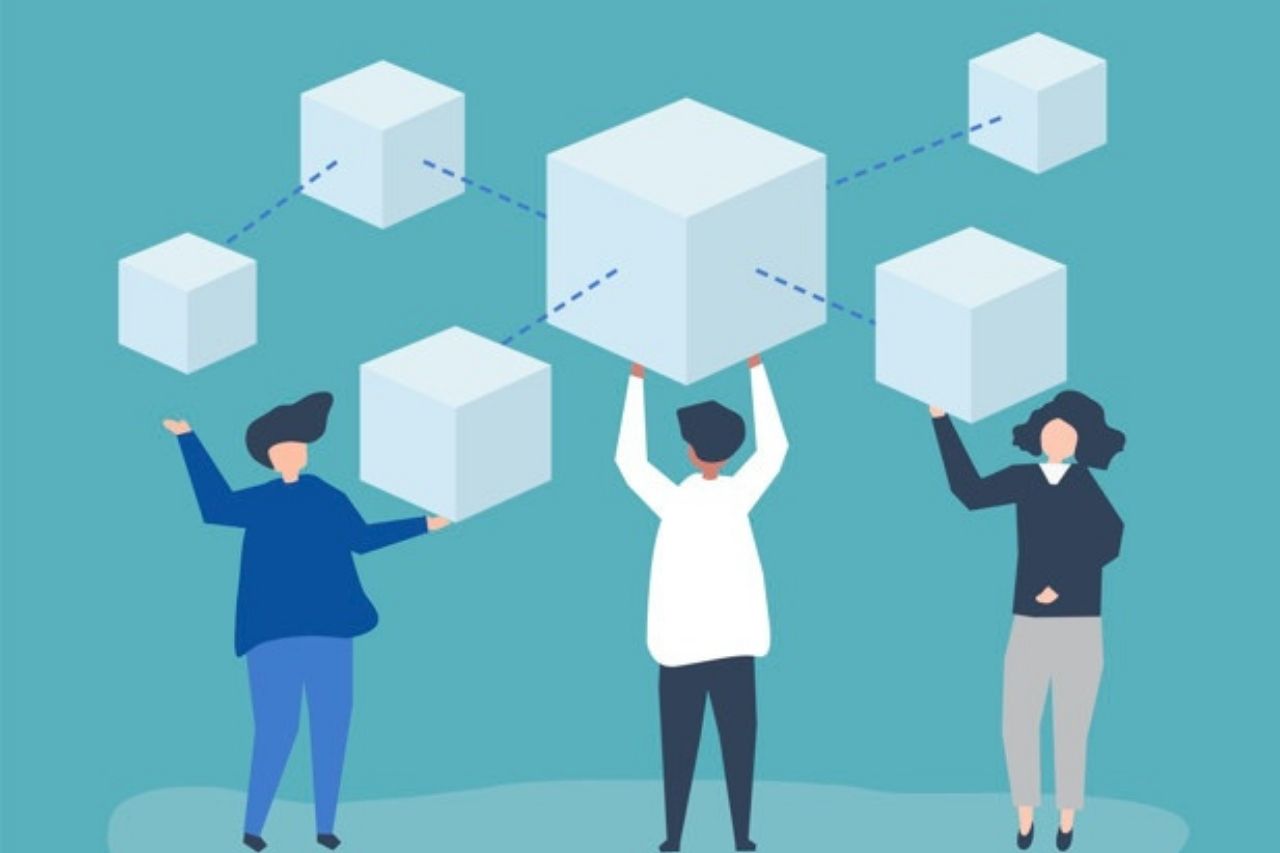What’s best for startups: Blockchain or Traditional Database?
Blockchain technology has seen incredible development over the most recent couple of years and seems to remain focused on acquiring undertaking reception. Yet, while it has covered an obvious bend of general acknowledgment, it keeps on perplexing individuals reasonably.
Striking similarities among Blockchain and databases makes individuals wonder “is Blockchain simply a database?” Yes, Blockchain technology is a database that accompanies a few recognizable attributes. These characteristics are what lead to the discussion of Blockchains versus traditional databases.
Accordingly, in this post, we would methodically move toward the definitions, likenesses, and contrasts between the two to empower a superior comprehension of the subject for business people and new companies hoping to investigate blockchain.
What is a Traditional Database?
Data structures are characterized as a capacity design for the effective administration of data. A traditional database is only a data structure, that aids in putting away and working with data. Every association, from a startup to a Government element, utilizes databases relying on the scale and size of their tasks. The viewpoint that makes databases utilitarian, is they permit clients to bring the data. In specialized terms, this is alluded to as mentioning or questioning data that is accomplished by Structured Query Language, SQL.
Also Read:
What is Blockchain?
Blockchain is a decentralized database that goes about as a capacity for pieces of packaged data called blocks. The explanation the squares are alluded to as chains is that each square conveys the hashed data of the square added to the record before it. This returns to Genesis, the very first square that was dug for bitcoin. A hash is a code that encodes the transactions in a given square. This code is, basically, a pointer, a name of sorts, that remarkably recognizes a square.
The bitcoin convention makes it compulsory for each new square to contain the hash of the past block in addition to the hash of the square that contains data for recently handled transactions.
Blockchain and Traditional Database Architectures
Characterizing the Traditional Database Architecture
Traditional databases depend on customer server engineering. Customers are end-clients of the help that solicitation admittance to a specific arrangement of data. This solicitation goes through a server that has the database. Open database availability is utilized to build up a correspondence line among customers and the database.
This line is additionally gotten by the customer programming that is validated up ahead for access. In private databases, access is conceded to just the individuals who have substantial login accreditations and a secret key. A model could be the private wellbeing records of a clinic. Assuming a database is public and open for every one of them, a client account isn’t required and the data can be gotten to from a site. This, thusly, has assumed an immense part in Blockchain changing the shut medical services framework.
Characterizing the Blockchain Architecture
Blockchain technology has grown up and offers numerous building models, for example, permissions, private, or half and half blockchain.
Organization hubs are the lifesaver of Blockchain technology and they work on a Peer-to-Peer, P2P, model. Each companion/hub can compare with a subsequent hub. There is no prevalence or predisposition between the 2 hubs as far as obligations however indeed, there could be a distinction in complete registering assets they have. Friends of an organization guarantee the veracity of the Blockchain.
For the transactions to be controlled either a 51% assault would have to occur (as referenced above) or different friends would need to intrigue and acknowledge blocks with adulterated data. By design, Blockchain database technology conventions acknowledge the longest-running, dynamic chain. Consequently, its decentralized organization makes it free from any danger to be trusted and acquires it additional focuses in the matchup of Blockchain versus conveyed database.
Motivations to Use a Traditional Database
1. It is Customizable
In the Blockchain versus database banter, the last successes give over as far as adaptable choices. Since traditional databases are regulated midway, authorizations, advantages, and set-up prerequisites can be enhanced. The social engineering and reinforcement rehearse make ready for a database to be moved anyplace. Engineers can add modules to the database and work toward the front for client centricity.
2. It is Stable
Traditional databases can endure high volumes of transactions each second as consents are unified and the controls to refresh data are in the possession of a couple. Customer server engineering lessens the reliance on hubs that are subbed by independent server communities.
3. It Delivers Speed
The traditional database configuration has gone through a ton of redesigns throughout the years to suit quicker conveyance times and very good quality logical activities. Huge data investigation is a valid example.
Motivations to Use Blockchain Technology
1. It is Fault Tolerant
While bantering with regards to Blockchain versus database, the previous successes serenely in the branch of framework safeguarding. Blockchain technology profoundly issues open-mindedly. Its uptime isn’t dependent on a couple of servers focuses yet hundreds and thousands of hubs that present handling contribution to run the framework.
In the situation that a couple of hubs are wound down, the general proficiency of the organization would stay unchallenged.
2. It is Secure
Blockchain technology is one of the most solid infrastructural speculations you can make today, particularly with regards to getting portable applications utilizing blockchain. Every hub on the organization should download a duplicate of the blockchain for approving new squares. To change even a solitary square by blockchain suppliers requires every hub to refresh its duplicate which thusly requires a pointless measure of handling ability for an ill-disposed force.
3. It Offers Transparency
Given the Blockchain is public, you can see every one of the transactions that has at any point been recorded on it by just downloading a duplicate of the record. In contrast to a bank, where every one of the exchanges is covered up, Blockchain technology opens the entryway for pundits to reality check and follow the path of cash in questionable cases.
4. It Reduces Costs
While bantering about blockchain versus database, blockchain technology can reduce expenses for associations and organizations. It makes efficiencies in handling transactions. It additionally diminishes manual assignments, for example, accumulating and correcting data, just as facilitating announcing and reviewing processes. Blockchain improvement organizations additionally assist organizations with reducing expenses by taking out mediators that have traditionally given the handling that should be possible by blockchain now.
Closing Thoughts
The decision of picking your next data stockpiling technology is definitely not an intense one. We examined the pivotal distinction and advantages of utilizing them, and both traditional databases and blockchain are the unmistakable victors.
While databases are a victor with regards to speed and exactness, Blockchain offers development, confirmation, and robotization.
Also Read:



